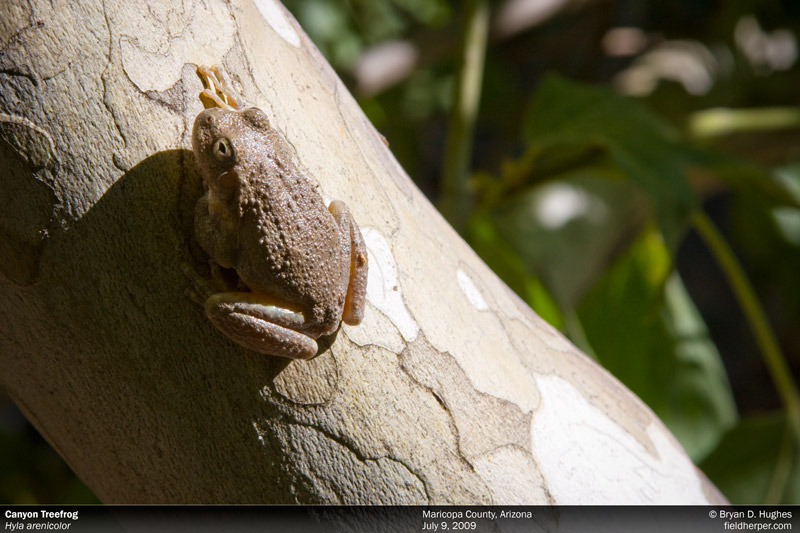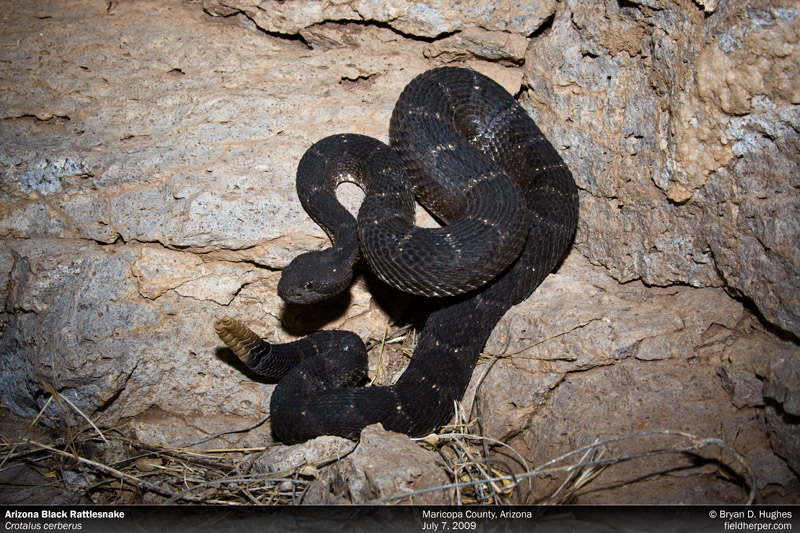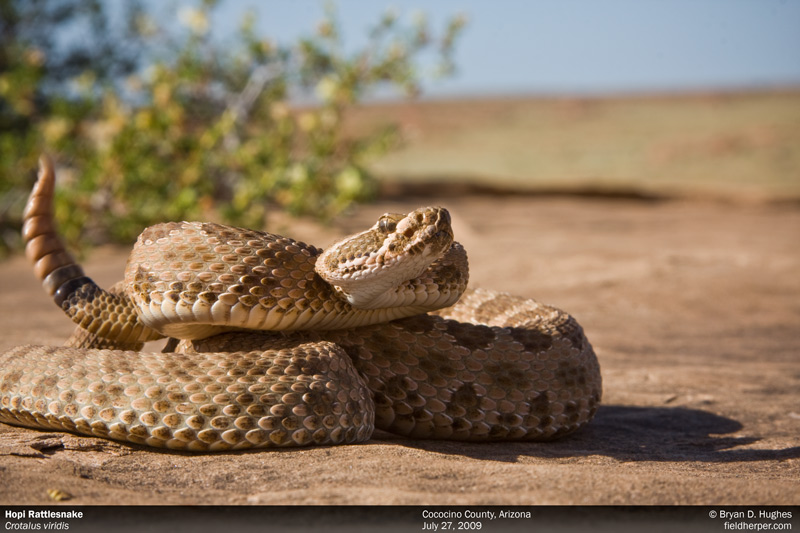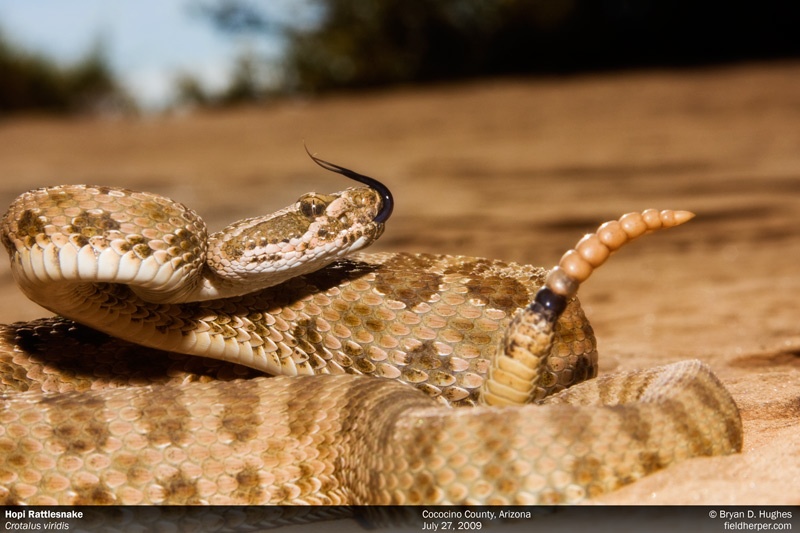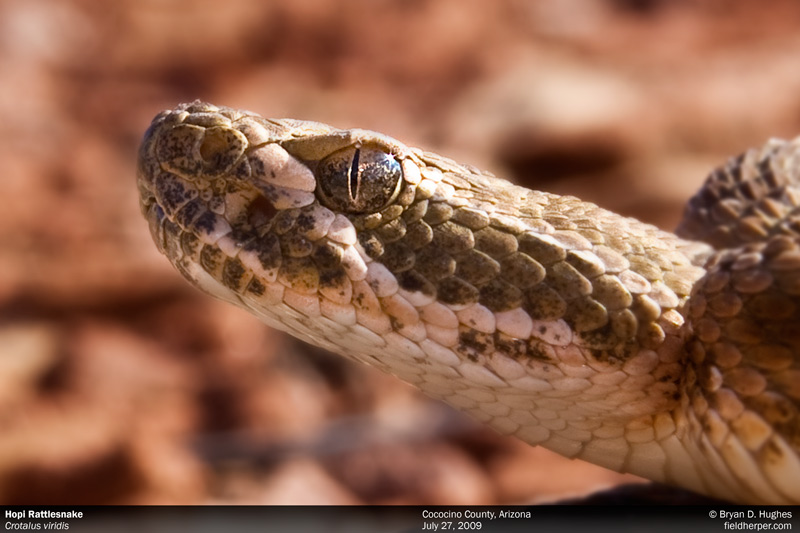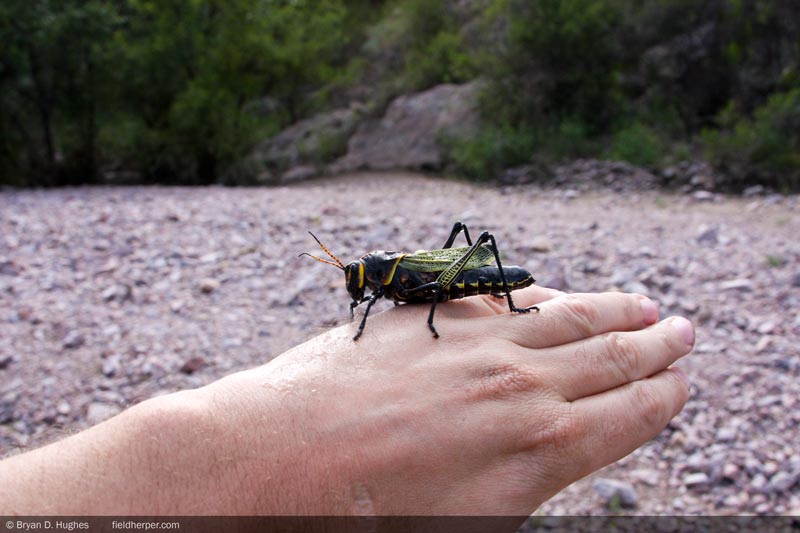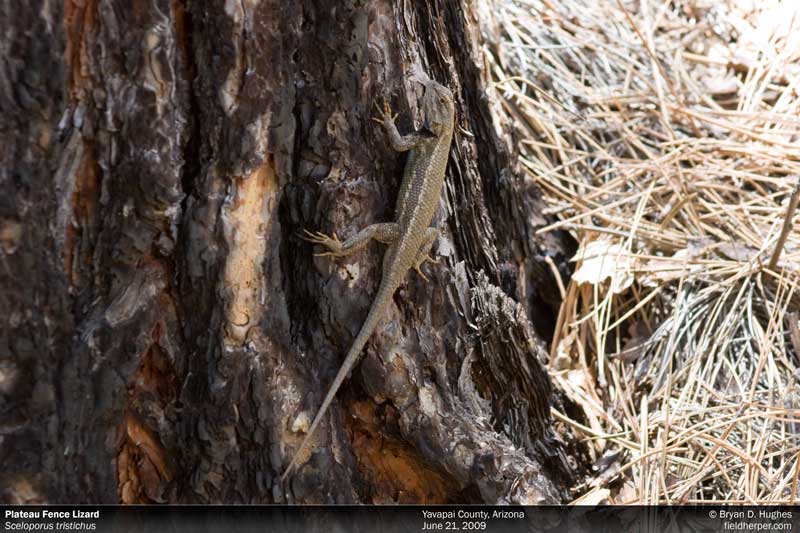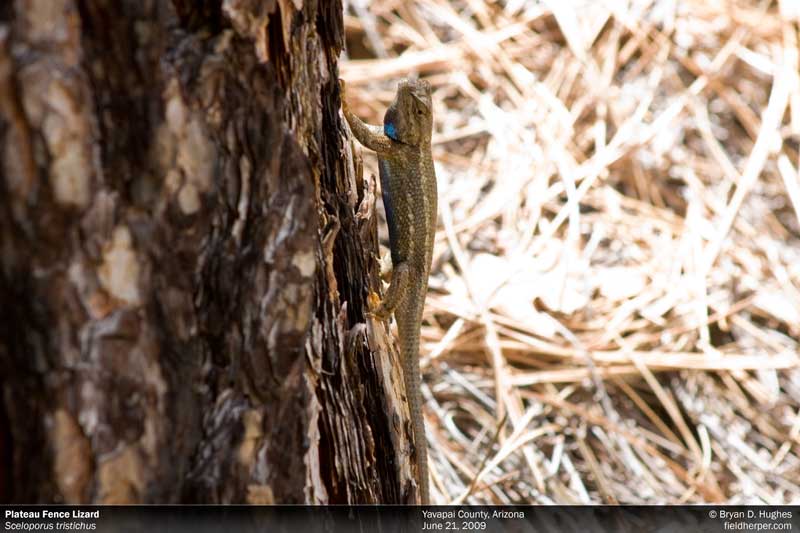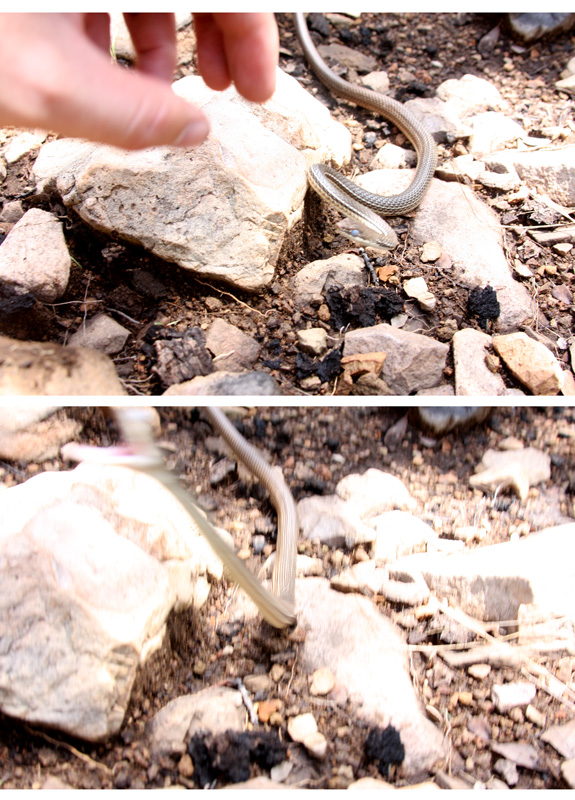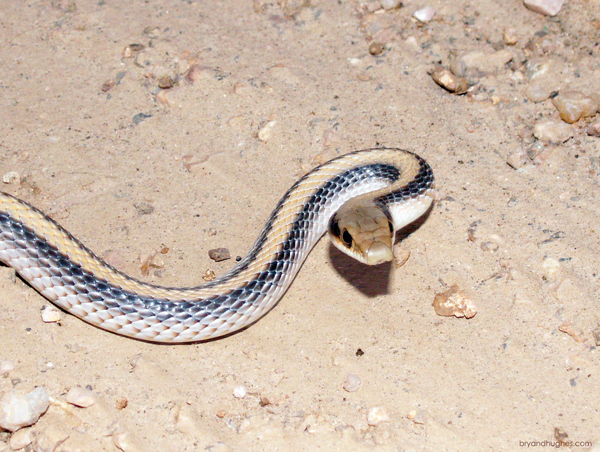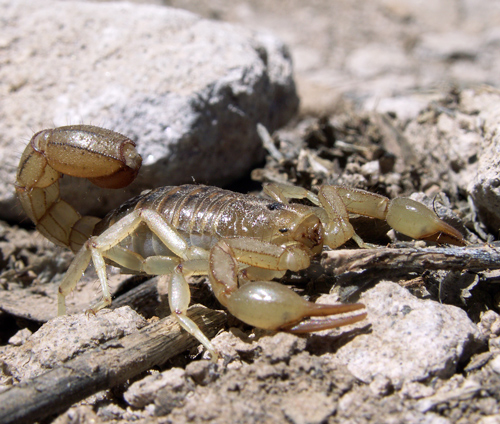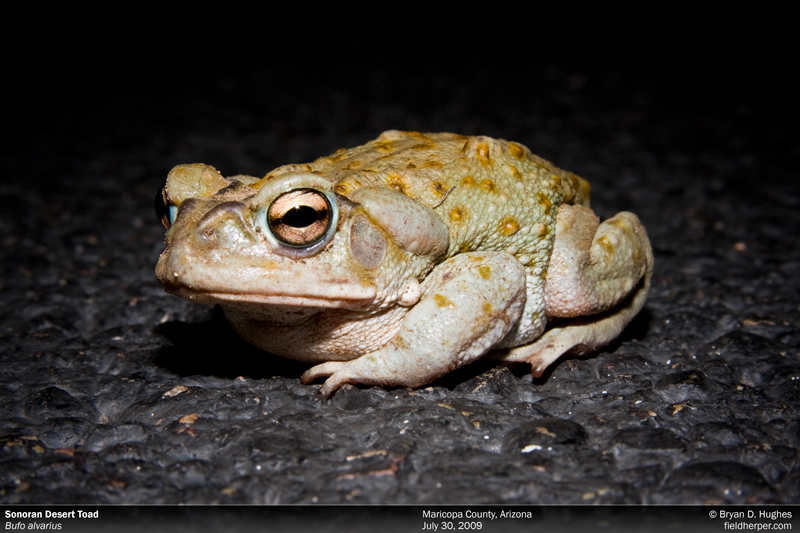No. Lime does not keep snakes away. Although your uncle may swear it does, it doesn’t. I realize a guy at work saw it with his own eyes, but he’s lying to you. There is not a powder or liquid you can pour around your property that will repel snakes.
Snakes come to your property for one of 3 reasons:
- They’re just passing through.
- They’re looking for food.
- They’re looking for shelter.
The first one may be a little tough to prevent, but the latter two are easy. I don’t know how many rattlesnakes I’ve pulled out of drip system flowerpots or from messy piles of yard debris. If you have things in your yard that attract rodents, you will attract snakes. If you have lots of good places to hide, you will attract snakes. Just keep your property free of these and you should not have nearly as much of a problem.
As for whether or not lime keeps snakes away; that’s just silly. It’s a myth, end of story. If you’re truly concerned, contact your local Fish and Game office.








